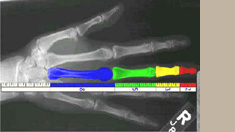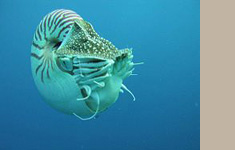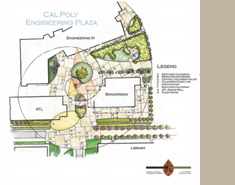Our Clinic
In order to view elements of this site, you need to activate JavaScript and have Adobe Flash Player installed on your computer.
You can download the latest Flash Player for free from Adobe's website.
Described by the famous Italian mathematician Leonardo Fibonacci in 1202, the Fibonacci sequence describes a series of numbers that grows in perfect symmetry by adding together the previous two numbers within the sequence. Fibonacci sequences are prevalent both in nature and in classic architectural design and create geometrically flawless patterns and proportions that relate to the Fibonacci Spiral.
Dr. Denton chose the nautilus shell for his logo design because of its beauty and balance and because of the symbolic relationship between facial plastic surgery and the Fibonacci sequence. The shell of the nautilus - an ocean dwelling cephalopod - is an example of the Fibonacci Spiral occurring in nature. Incidentally, the nautilus shell also happens to mimic the letter "D".
 |
Every human has two hands, each one of these has five fingers, each finger has three parts which are separated by two knuckles. All of these numbers fit into the Fibonacci sequence. |
 |
The nautilus, an ocean dwelling cephalod, with a shell design reflecting theFibonacci sequence that is the inspiration for Dr. Denton's logo. |
 |
Architectural drawing for the new Engineering Plaza at Cal Poly with a design based on the Fibonacci Sequence. |